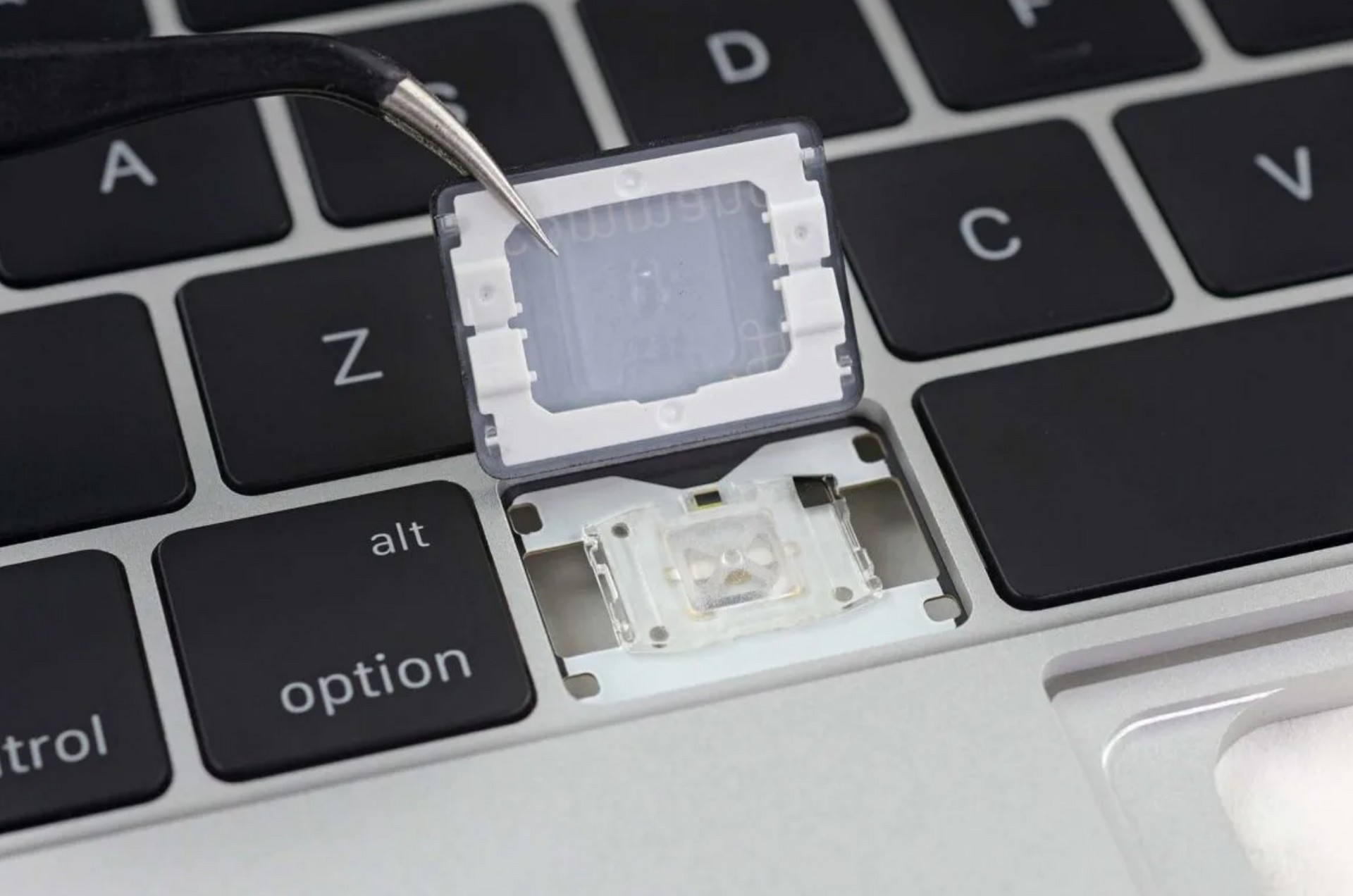Apple Pay for Defective Keyboards: $50 Million
Technology is a double-edged sword: while it can provide revolutionary solutions, it can also cause big problems for consumers. An example of the latter case is the recent ruling by a US federal court that approved a $50 million settlement between Apple and owners of MacBooks plagued by defective keyboards.
A Costly Technological Fiasco
For Apple, the “butterfly” keyboard design represents one of the biggest technological fiascos of recent times. Launched in 2015, this design has proven particularly vulnerable to failure. A speck of dust or other debris was enough to make the keys stop working. This has created not only inconvenience but also additional costs for consumers, who will now see some degree of justice thanks to this ruling.
The States Involved and the Details of the Compensation
The agreement specifically affects Apple customers in seven states: California, Florida, Illinois, Michigan, New Jersey, New York and Washington. If you own a MacBook, MacBook Air, or MacBook Pro purchased between 2015 and 2019 and have been experiencing keyboard issues, you'll be eligible for the deal. Compensation for affected customers will range from $50 to $395. It's important to note that despite the settlement, Apple has not admitted to any legal violations, and probably won't, as the Verge site points out.
Apple and the Responsibility of Design
What this case highlights is the importance of responsibility in product design, especially for a technology giant like Apple, which has such a large impact on the global market. Design errors not only damage the company's reputation, but also have a direct economic impact on consumers, who may face additional costs for repairs or replacements.
Implications for the Future
Apple Pays for Defective Keyboards This $50 million settlement could mark a turning point in how tech companies address design problems. In addition to representing a victory for consumer rights, it brings renewed attention to the importance of quality and reliability in the technology sector. It could also open the door to further lawsuits against Apple or other companies in the event of future design defects.
Bottom line, as Apple tries to right one of the costliest mistakes in its recent history, all eyes are on how the company and the industry as a whole will learn lessons from this fiasco. With millions of dollars and reputations at stake, the responsibility of design has never been more crucial.








